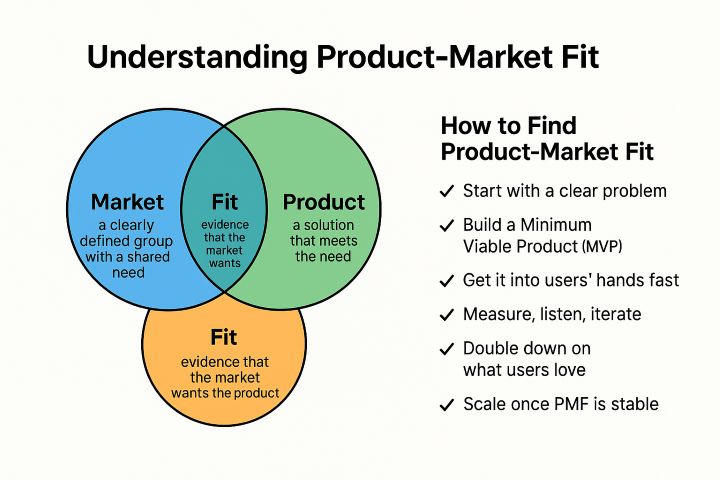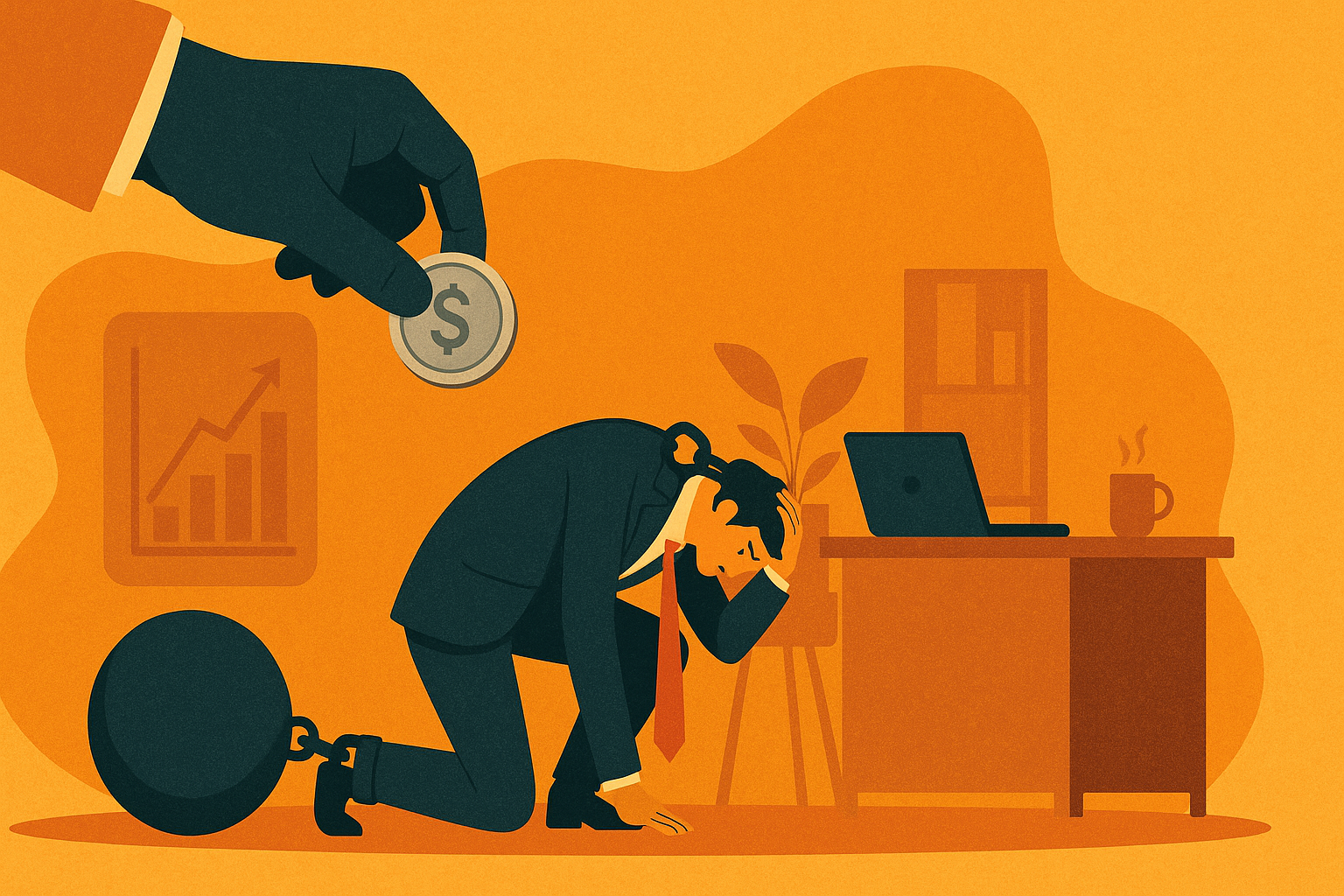In the world of venture capital, first impressions are more than just initial judgments; they are the gateways to potential partnerships and success. As an investor, I’ve sat through countless pitches, and I’ve seen firsthand the power of a well-executed first meeting. The goal is always the same: to ignite interest and pave the way for a second, more in-depth conversation. But how can founders ensure they not only grab attention but also maintain it? Here’s my framework, based on years of experience, on what makes a first meeting successful.
Timing is Everything
The old adage “timing is everything” holds particularly true in the context of investor meetings. Founders have precisely 1 minute to make a good first impression. This is the window to captivate your audience with the essence of your vision. Following this, you have 5 minutes to establish credibility. This isn’t about inundating with data but rather showcasing your understanding of the market and your business. Finally, 15 minutes is what you get to make your case compelling. It’s a tight timeframe, but with the right preparation, it’s ample.
Crafting Your Pitch
Pitching is an art form. It requires founders to be concise yet comprehensive, allowing investors like myself to quickly grasp the essence of the market, opportunity, product, team, and milestones. A good pitch doesn’t rely on slides or presentations sent before or after the meeting. It’s about the story you tell and the vision you share in the moment. It’s your chance to put on a show that leaves us wanting more.
The Role of Emotion
Never underestimate the power of emotion. The best pitches are those that make me feel something; they make me curious and invested in what you’re building. The more you can engage an investor on an emotional level, the more likely you are to spark their interest and imagination.
Understanding Signals
A key part of any pitch is knowing how to signal your strengths. Fast thinking, reactivity, and the ability to adapt and build quickly are qualities that every investor looks for. These signals show us not just what you’ve built, but how you’ve built it and how you’ll continue to grow.
The Deep Dive: Assessment
Finally, the assessment phase is where we, as VCs, take a closer look at the entrepreneurs themselves. We’re looking for a blend of optimism and clarity of vision. We want to see founders who are not only passionate about their business but are also pragmatic and realistic about the challenges ahead. It’s about showing that you’re learning on the field, making informed decisions based on your own analysis, and yet are open to learning from others. This balance is critical.
Remember, a first meeting with an investor is not just about getting through your slides or ticking off the boxes of what you think we want to hear. It’s about making a connection, leaving a good impression, and showing that you’re someone we want to invest in, not just for your business, but for your ability to lead it to success.
As you prepare for these meetings, focus on these five elements: Timing, Pitch, Emotion, Signals, and Assessment. Get these right, and you won’t just be aiming for a second meeting—you’ll be on your way to building a lasting partnership.





